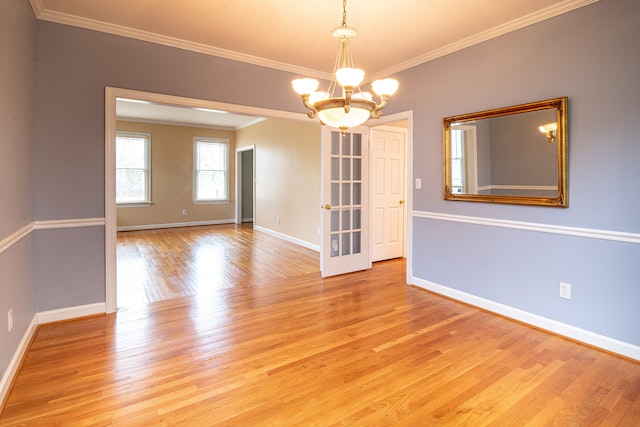Get your property rented faster: effective strategies for a slow rental market
Navigating the ups and downs of the rental market can sometimes feel like a game of strategy.
In sluggish markets landlords are often reluctant to lower rents especially if they have been getting a higher rental in previous years.
But what if I told you that a minor adjustment could actually boost your income over the year?
Let’s take a look at why tweaking your rent could be a smarter move than waiting for a high-paying tenant in a slow market.
The Cost of an Empty Property
It’s simple maths—every week your property sits empty, money is slipping through your fingers. For example, if your property is listed for rent at $500 per week, it’s not just sitting idle. It’s actually costing you 2% of your annual rent for every week the property remains vacant.
2% may not seem much, however the losses mount quickly, and before you know it, you’re facing a significant dent in your annual revenue.

To Reduce or Not to Reduce? A Financial Breakdown
Picture a property on the market for $500 rent a week. If it remains empty for four weeks, here’s what happens:
Without Rent Reduction:
– Rent $500 week calculated annually $26,000
– Loss from 4 Week Vacancy: $ 2,000 (8% annual reduction)
– Total Income for the Year: $24,000
Annual Impact of reducing rent by $20 per week
$20 x 52 weeks $1,040
Financial upside of adjusting your rent:
Loss from 4 weeks vacancy at $500 per week $2,000
Loss from reducing rent to $480 no vacancy $1,040
Extra Income with Rent Reduction: $960
Lowering your rent from $500 to $480 might seem like you’re earning less per week, but this tweak can significantly increase your overall income by reducing how long your property sits empty. The numbers speak for themselves: a more attractive rent brings in tenants faster, cuts down vacancy periods, and ultimately, boosts your yearly returns.

Why Cutting Rent Significantly Can Pay Off
Talking about reducing rent, cutting rent by a substantial amount such as $30 and not just $10 in a slow market is worth doing for a number of reasons:
Attract Tenants Quickly: A significant reduction in rent can make a property more appealing compared to others in the area, helping to attract tenants faster. This can be especially important in a slow market where potential tenants have more options to choose from.
Reduce Vacancy Periods: Opting for a $30 rent reduction over a modest $10 one could be more economically viable long-term, given the steep costs associated with vacancies.
Tenant Stability: Tenants attracted by competitive pricing are more likely to commit for longer periods, which in turn means lower turnover which involves costs like advertising, screening and other costs involved with finding a new tenant.
Feedback Loop: A significant rent reduction can also provide immediate feedback from the market. If the reduction results in quick tenant interest, it confirms the rent was previously above market expectations.
Search Engine price filters:
Setting your rent just below psychological thresholds (eg $490 instead of $510) in search engines will make the property more appealing.
Search Filters: Most potential tenants use price filters to narrow down their search options. Pricing your property under a common cutoff point such as $490 instead of $500 moves it into a lower price bracket which will ensure it reaches a broader range of prospective tenants who set their upper limit at $500.
Increased Visibility: Adjusting the rent to a slightly lower price band can significantly increase the visibility of the listing. Properties priced just under common price thresholds (like $500) tend to attract more views because they appear more affordable.
Competitive Edge: Being priced slightly lower will position your property as a more attractive option compared to other similar properties listed around $520.
Market Response Testing: A lower price allows you to gauge if your initial pricing was too high.
Broader Appeal: A lower price point generally has a broader appeal, increasing the likelihood of attracting a diverse pool of applicants. This can be beneficial for quickly finding a suitable tenant in a slow market.
As landlords, staying adaptable and responsive to market trends is key.
By adjusting your rents, you can make your property more attractive and keep your income steady, even during quieter periods.
It’s important to think beyond the weekly rate and consider the overall financial performance throughout the year.
Keep your property competitive—it’s a smart move that your finances will appreciate!



